Increased Focus on Cost Efficiency
Cost efficiency remains a critical concern for healthcare organizations, propelling the growth of the Healthcare Software-as-a-service Market. SaaS solutions offer a cost-effective alternative to traditional software, as they eliminate the need for extensive IT infrastructure and maintenance. By leveraging cloud-based services, healthcare providers can reduce operational costs while improving service delivery. Recent studies indicate that organizations utilizing SaaS solutions have reported a reduction in IT expenditures by up to 30%. This financial advantage, coupled with the scalability of SaaS platforms, makes them an attractive option for healthcare entities seeking to optimize their budgets. Consequently, the emphasis on cost efficiency is likely to drive further adoption of SaaS solutions within the Healthcare Software-as-a-service Market.
Advancements in Cybersecurity Measures
As the Healthcare Software-as-a-service Market expands, the importance of robust cybersecurity measures becomes increasingly apparent. With the rise in data breaches and cyber threats, healthcare organizations are prioritizing the security of patient information. SaaS providers are responding by implementing advanced security protocols and compliance measures to protect sensitive data. Recent reports indicate that healthcare organizations are investing significantly in cybersecurity solutions, with expenditures expected to reach billions in the coming years. This focus on security not only safeguards patient data but also enhances the overall trust in SaaS solutions. As healthcare providers seek to mitigate risks associated with data breaches, the emphasis on cybersecurity is likely to be a key driver in the continued growth of the Healthcare Software-as-a-service Market.
Growing Emphasis on Patient-Centric Care
The shift towards patient-centric care is reshaping the Healthcare Software-as-a-service Market. Healthcare providers are increasingly prioritizing patient engagement and satisfaction, leading to the development of SaaS solutions that enhance the patient experience. These platforms facilitate personalized communication, appointment scheduling, and access to medical records, empowering patients to take an active role in their healthcare journey. Data suggests that organizations focusing on patient-centric approaches have seen improvements in patient retention and satisfaction scores. As healthcare systems evolve to meet the expectations of informed patients, the demand for innovative SaaS solutions that support this paradigm shift is likely to grow, further driving the Healthcare Software-as-a-service Market.
Rising Demand for Remote Patient Monitoring
The Healthcare Software-as-a-service Market is experiencing a notable surge in demand for remote patient monitoring solutions. This trend is driven by the increasing prevalence of chronic diseases and the need for continuous patient engagement. According to recent data, the remote patient monitoring segment is projected to grow at a compound annual growth rate of over 25% in the coming years. Healthcare providers are increasingly adopting SaaS solutions to facilitate real-time monitoring, which enhances patient outcomes and reduces hospital readmissions. The integration of wearable devices and mobile applications into these platforms further supports this trend, allowing for seamless data collection and analysis. As healthcare systems strive to improve efficiency and patient satisfaction, the adoption of remote monitoring solutions within the Healthcare Software-as-a-service Market appears to be a pivotal driver.
Regulatory Support for Digital Health Solutions
Regulatory bodies are increasingly recognizing the importance of digital health solutions, which significantly impacts the Healthcare Software-as-a-service Market. Governments are implementing policies that promote the adoption of electronic health records and telemedicine, thereby creating a conducive environment for SaaS providers. For instance, recent initiatives have streamlined the approval processes for digital health applications, encouraging innovation and investment in this sector. The support from regulatory agencies not only enhances the credibility of SaaS solutions but also fosters trust among healthcare providers and patients. As a result, the Healthcare Software-as-a-service Market is likely to witness accelerated growth, driven by favorable regulations that facilitate the integration of technology into healthcare delivery.


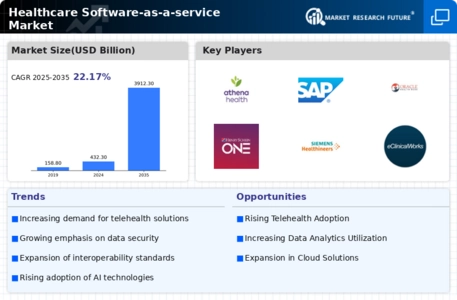
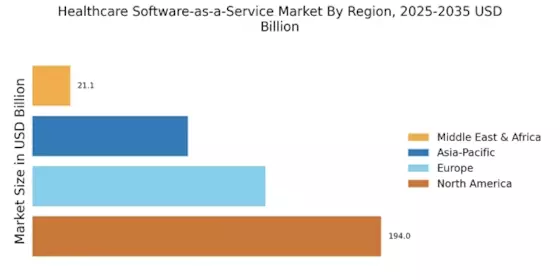
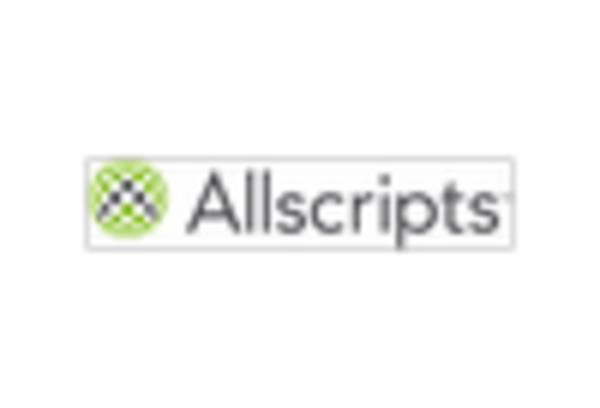
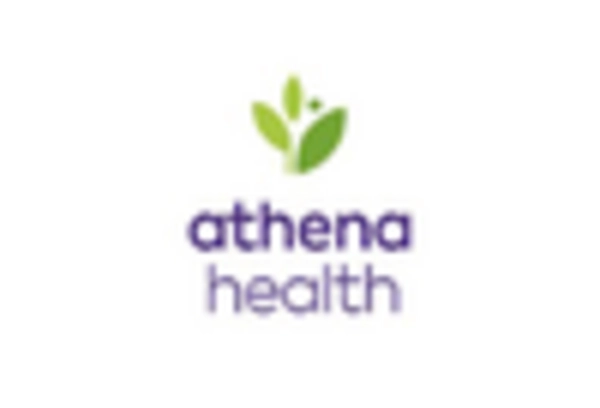
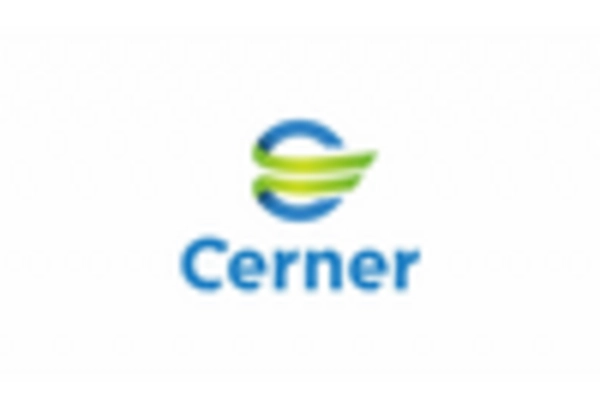
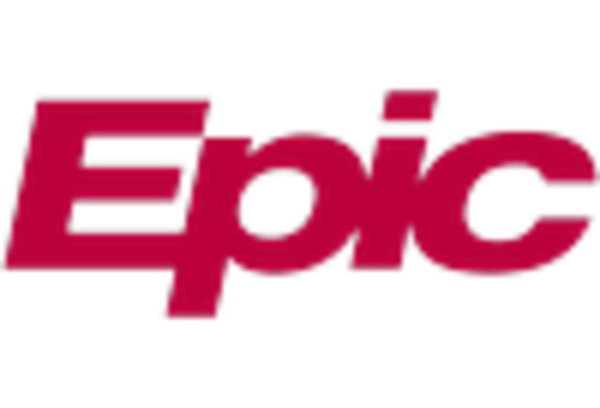
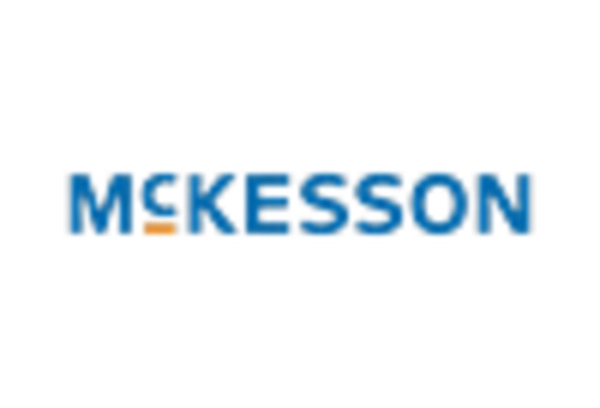
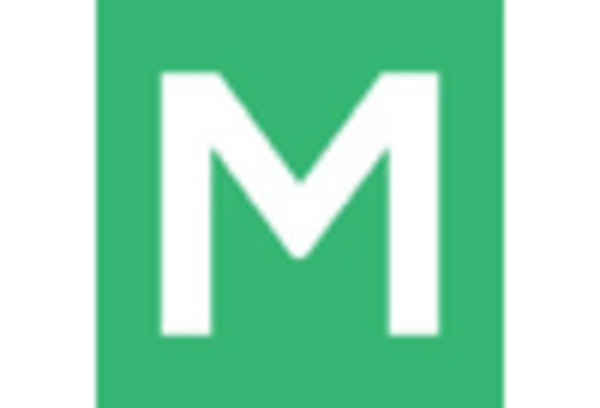
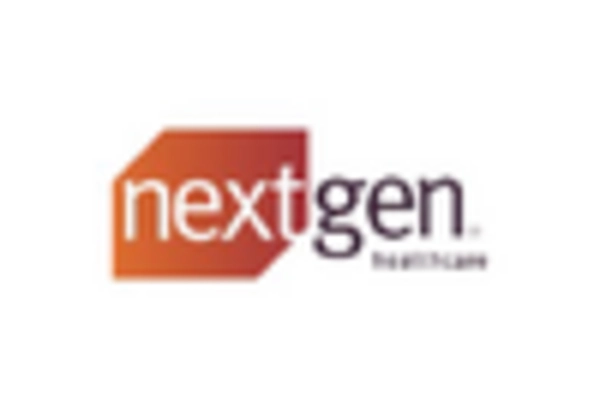








Leave a Comment